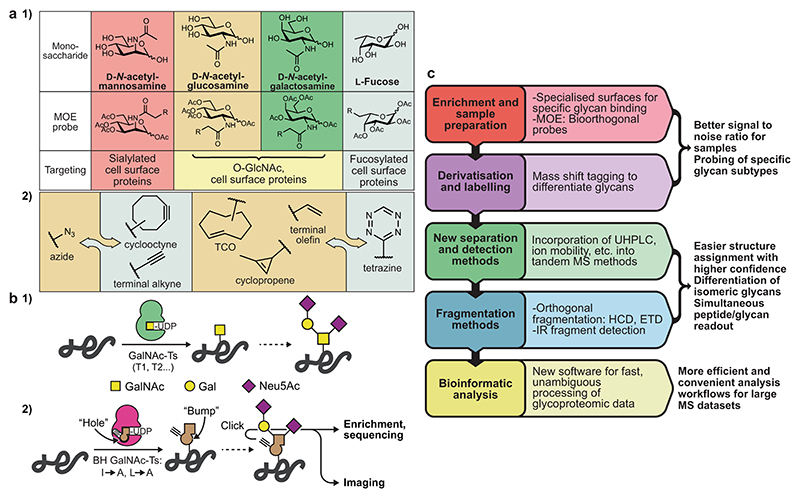Fig. 2. Metabolic oligosaccharide engineering and glycan sequencing.
a Bioorthogonal chemical probes for metabolic glycan tagging. (1) The ability of some GTs to accept non-natural substrates has allowed for the development of a range of clickable probes enabling enrichment, MS-glycoproteomics and imaging of glycoproteins. (2) A selection of bioorthogonal functionalities. While the copper catalyzed azide-alkyne 1,3-dipolar cycloaddition (CuAAC) and strain-promoted version (SPAAC) (first panel) are the classic examples, another major class involves the inverse electron demand Diels-Alder reaction between tetrazines and alkenes (second panel, TCO: trans-cyclooctene). b The “bump-and-hole” strategy for MOE. (1) Humans have approx. 20 isoenzymes of the N-acetylgalactosaminyl transferase enzyme family (GalNAc-T1 through T20) that initiate O-glycosylation, with hierarchical and compensatory function complicating their study. (2) Structure-based design of a bump-and-hole (“BH”) double mutant of a single GalNAc-T allows for installation of a gain-of-function MOE reporter system for that enzyme’s activity in cells. c A summary of technical advances related to glycan sequencing techniques in recent years. UHPLC: ultra-high performance liquid chromatography, HCD: higher-energy collisional dissociation, ETD: electron transfer dissociation.

